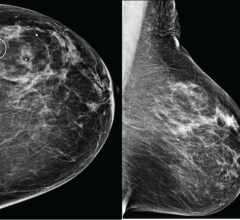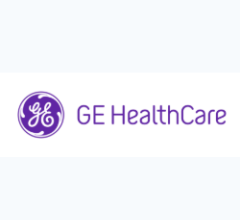
Eric Bailey, president, NeuroLogica
How is NeuroLogica upholding its conviction that all people, regardless of where they live, should have access to high-quality medical imaging?
We hope that the conviction of NeuroLogica’s founders is evidenced by the intensity of the effort expended to expeditiously develop and bring the CereTom to market, the efforts being expended to develop a compact high-resolution SPECT system and the ongoing efforts to identify, conceive and architecturalize additional highly reliable, medical imaging niche products. The idea originated between myself and co-founder Andrew Tybinkowski who have both lost family members to stroke and traumatic brain injury in areas where CT was unavailable due to economic and rural conditions.
How does the CereTom mobile CT scanner make high-quality imaging readily available, yet affordable?
The specifications and price of the CereTom speak for themselves. What is perhaps even more significant with respect to being “readily available” is its ability to be brought to the patient’s bedside in the ICU or other locations, thereby eliminating the time and dangers associated with laboriously moving a critical patient to the radiology suite.
How is NeuroLogica addressing the fact that the machine delivers the same resolution as large CT machines, but the scanning speed is slower?
Since the CereTom is intended primarily for heads, the parameter of speed is of lesser importance. Actually, the scanning speed for heads for the CereTom is not substantially different from many of the standard head protocols utilized in the larger CT machines. To be specific, for a noncontrast head scan, an international supplier utilizes a standard protocol of 170 milliamperes at 4,000 milliseconds per rotation as compared to the CereTom’s standard head protocol of 8 milliamperes at 4,000 to 6,000 milliseconds per rotation.
Can you explain the company’s strategy to fill the gaps left by the surge of new super premium CTs and advanced SPECT cameras?
It is our intention to conceive and develop products needed by communities around the world, but whose total dollar economic values are below that level at which those companies, which are economically capable of developing super premium CTs and other such imaging systems, can afford to develop and distribute these types of gap-filling products. Therefore we see the development of products that, while technologically advanced, serve to complement, but not supplant, the super products of the major suppliers.
How does CereTom compare to previous mobile CT scanners such as TomoScan?
The TomoScan (designed by Analogic in 1992 and sold by Philips Medical Systems) was the first mobile, battery operated CT scanner. Actually, it was conceived and developed by Bernard Gordon, founder of Analogic and now founder of NeuroLogica. The TomoScan, utilizing 1992 available technology, was a full-body scanner with relatively low speed and comparatively low resolution. It was not optimized for neural imaging. The CereTom is more compact, lighter in weight and is optimized for neural imaging. It has a much higher resolution comparable to the most expensive, top-of-the-line, modern CT scanners and, unlike the TomoScan, is wireless in its utility, does not require an associated table, can be brought directly to the bed of the patient and is self-propelled over the patient’s anatomy. Furthermore, the CereTom, because of its compact geometry, requires far less X-ray power and provides a superior image at a lower dose. The pioneering TomoScan was intended to be a general-purpose full-body machine of general utility whereas the CereTom was specifically conceived, architected and designed for use by neurologists, neuroradiologists and neurosurgeons.
Why did NeuroLogica choose Barco to develop a 3-D rendering software for the CereTom mobile scanner console and associated Clarus workstation?
Barco (Voxar 3-D) is considered by many to have the most powerful 3-D image viewing suite that can run and install on a standard desktop/laptop PC. The toolset is both feature-rich and very intuitive. This “ease of use” is a critical complement to our easy-to-use CT system. The combination of Barco and NeuroLogica technology has produced a CT system that almost anyone can learn to use and operate with as little as 15 minutes of training.
Can you elaborate on how in the near future the CereTom mobile CT scanner capabilities will be expanded to facilitate use by neurosurgeons and dental specialists?
We have already received a tremendous amount of interest from neurosurgeons who wish to use the machine in the OR, both postoperatively and for navigation. Dental specialists are very excited as it becomes an affordable and lucrative way to perform dental implant procedures, which are rapidly rising in number. We have even been approached by veterinary specialists and several leading military professionals for obvious reasons. My dream is that one day our CereTom will be installed in ambulances, thus pushing back the point of care which is being critically recognized for stroke and traumatic brain injury — the third and fourth leading causes of death and first and second leading cause of disability in the U.S.


 December 03, 2025
December 03, 2025 









